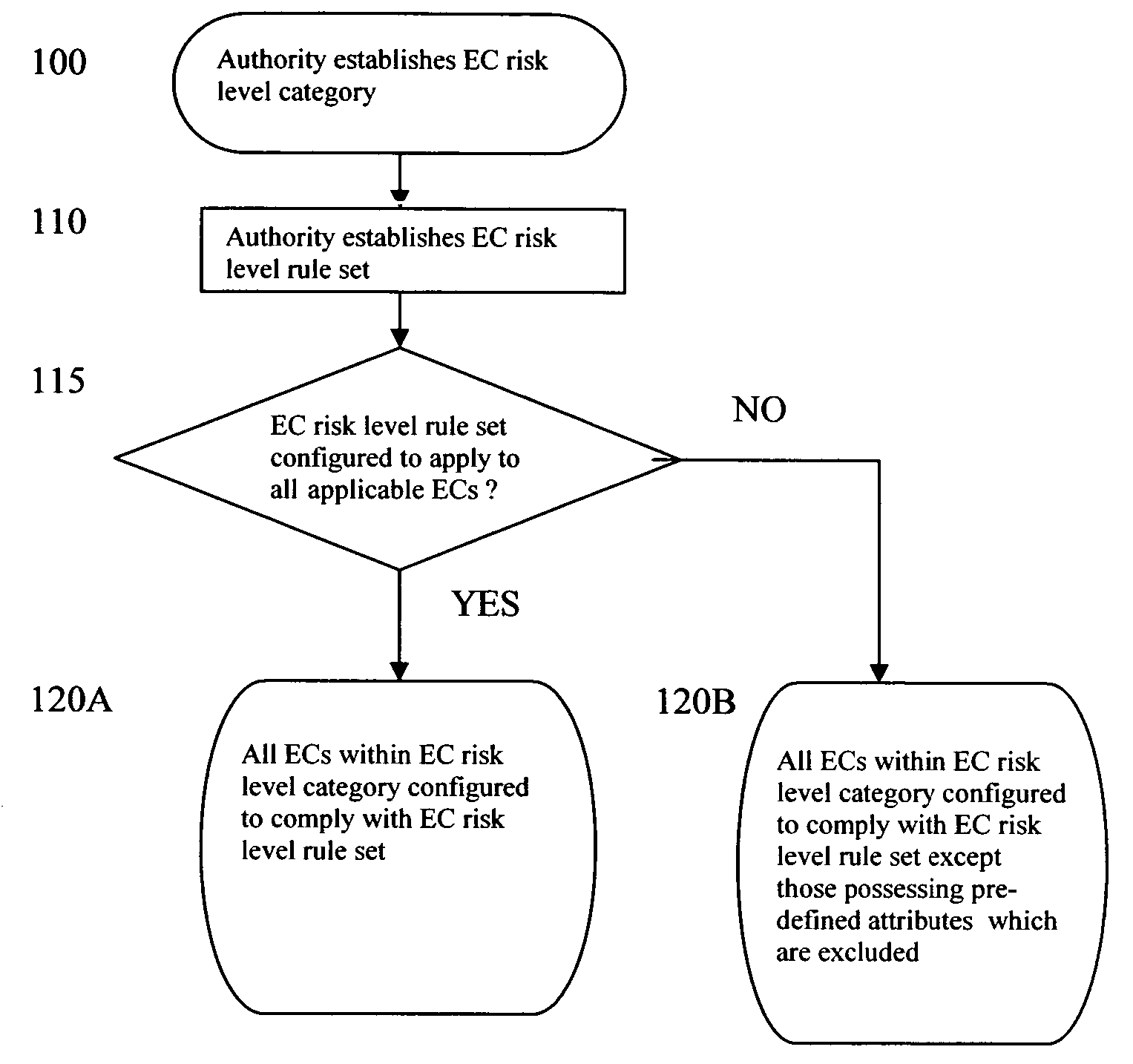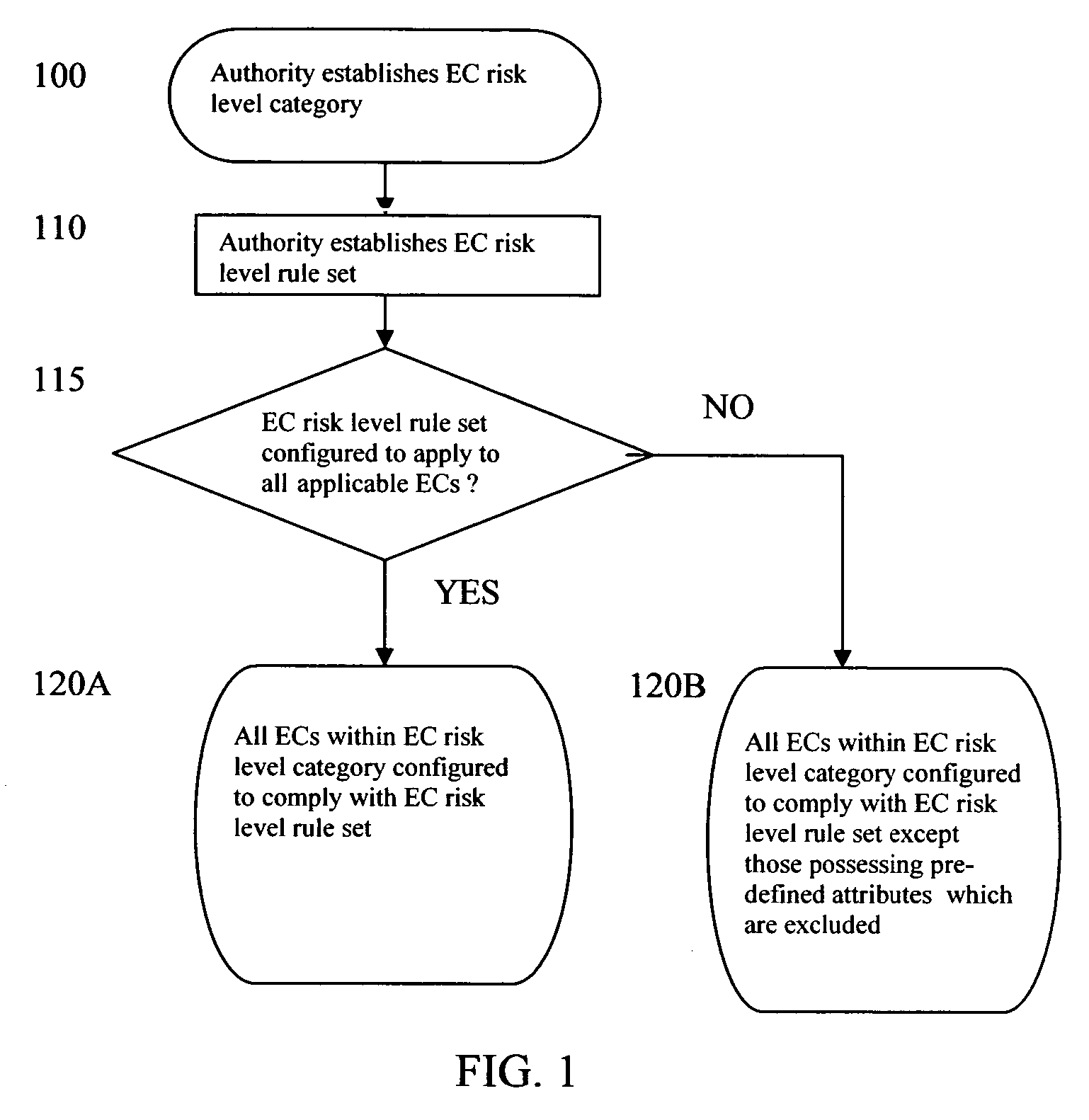Method and system for electronic communication risk management
a technology of electronic communication and risk management, applied in the field of electronic communication risk management, can solve the problems of irreparable harm to interpersonal relationships among senders, recipients and their employers, overwhelming and insurmountable management problems, and increase the cost of maintaining adequate electronic communication transmission bandwidth and storage capacity. to achieve the effect of reducing risks
- Summary
- Abstract
- Description
- Claims
- Application Information
AI Technical Summary
Benefits of technology
Problems solved by technology
Method used
Image
Examples
Embodiment Construction
[0036] The particulars shown herein are by way of example and for purposes of illustrative discussion of the embodiments of the present invention only and are presented in the cause of providing what is believed to be the most useful and readily understood description of the principles and conceptual aspects of the present invention. In this regard, no attempt is made to show structural details of the present invention in more detail than is necessary for the fundamental understanding of the present invention, the description taken with the drawings making apparent to those skilled in the art how the several forms of the present invention may be embodied in practice.
[0037]FIG. 1 is a flow chart depicting the process of establishing an EC risk level category. At Step 100, an authority establishes an electronic communication (“EC”) risk level category. By way of example, without limitation, an authority can be an individual user, a business entity, an association of individual users ...
PUM
 Login to View More
Login to View More Abstract
Description
Claims
Application Information
 Login to View More
Login to View More - R&D
- Intellectual Property
- Life Sciences
- Materials
- Tech Scout
- Unparalleled Data Quality
- Higher Quality Content
- 60% Fewer Hallucinations
Browse by: Latest US Patents, China's latest patents, Technical Efficacy Thesaurus, Application Domain, Technology Topic, Popular Technical Reports.
© 2025 PatSnap. All rights reserved.Legal|Privacy policy|Modern Slavery Act Transparency Statement|Sitemap|About US| Contact US: help@patsnap.com



